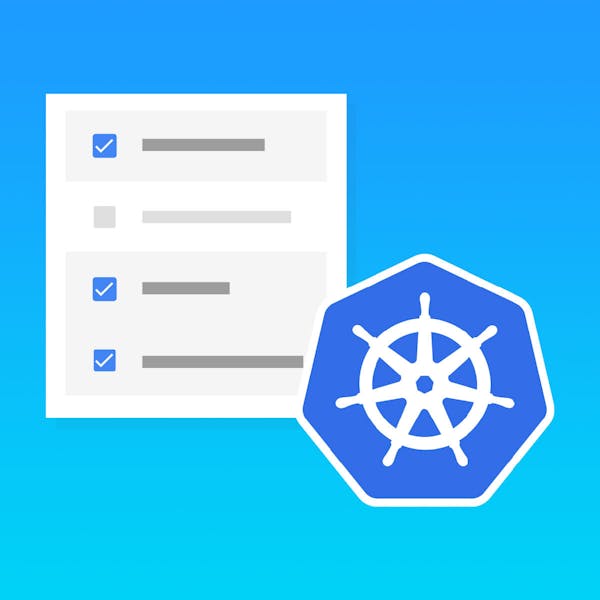Description
In this course, you will :
- About advanced Kubernetes features like monitoring, alerting, logging, and scaling - all of which are essential for any DevOps professional.
- How to monitor clusters, send alerts when potential problems arise, and query the entire system's metrics and logs.
- The knowledge needed to make your clusters and applications truly dynamic and resilient, requiring minimal manual intervention and being self-adaptive.
Syllabus :
1. Before Getting Started
- Introduction
- Intended Audience and Course Requirements
2. Autoscaling Deployments and StatefulSets
- Create a Cluster
- Install Metrics Server
- Observe Metrics Server Data
- Get Started with Auto-Scaling Pods
- Auto-Scale Pods Based on Resource Utilization
- Specify Replicas in Deployments or Statefulsets?
- Revise and Test the Concepts
3. Auto-Scaling Nodes Of A Kubernetes Cluster
- Create a Cluster
- Set up Cluster Autoscaler
- Scale up the Cluster
- Scale down the Cluster
- Can We Scale up Too Much or De-scale to Zero Nodes?
- Cluster Autoscaler Compared in GKE, EKS, and AKS
- Revise and Test the Concepts
4. Collecting and Querying Metrics and Sending Alerts
- Create a Cluster
- Choose the Tools for Storing and Querying Metrics and Alerting
- Defining Alert Rules
- Seeing Green Alerts in Action
- Seeing Red Alerts in Action
- Which Metric Types Should We Use?
- Alerting on Latency-related Issues
- Alerting on Traffic-related Issues
- Alerting on Error-related Issues
- Alerting on Saturation-related Issues
- Saturation-related Issues: Measure Memory Usage
- Alerting on Unschedulable or Failed Pods
- Upgrading Old Pods
- Measuring Containers Memory and CPU Usage
- Comparing Actual Resource Usage with Defined Requests
- Comparing Actual Resource Usage with Defined Limits
- Revise and Test the Concepts
5. Debugging Issues Discovered Through Metrics and Alerts
- Create a Cluster
- Face a Disaster
- Use Instrumentation to Provide More Detailed Metrics
- Using Internal Metrics to Debug Potential Issues
- Revise and Test the Concepts
6. Extending HorizontalPodAutoscaler With Custom Metrics
- Creating a Cluster
- Using HorizontalPodAutoscaler Without Metrics Adapter
- Exploring Prometheus Adapter
- Create HPA with Custom Metrics pulled through Exporters
- Create HPA with Custom Metrics pulled through Instrumented metric
- Combine Metric Server Data with Custom Metrics
- The Complete HorizontalPodAutoscaler Flow of Events
- Reaching Nirvana
- Revise and Test the Concepts
7. Visualizing Metrics And Alerts
- Create a Cluster
- Which Tools Should We Use for Dashboards?
- Installing And Setting up Grafana
- Importing and Customizing Pre-Made Dashboards
- Creating Custom Dashboards
- Creating Semaphore Dashboards
- A Better Dashboard for Big Screens
- Prometheus and Graph Alerts, Grafana Notifications, Semaphores
- Revise and Test the Concepts
8. Collecting And Querying Logs
- Create a Cluster
- Exploring Logs Through kubectl
- Choosing a Centralized Logging Solution
- Exploring Logs Collection and Shipping
- Explore Centralized Logging Through Papertrail
- Combine GCP StackDriver with a GKE Cluster
- Combine AWS CloudWatch with an EKS Cluster
- Combine Azure Log Analytics with an AKS Cluster
- Explore Centralized Logging
- Switching to Elasticsearch for Storing Metrics
- What Should We Expect from Centralized Logging?
- Revise and Test the Concepts









